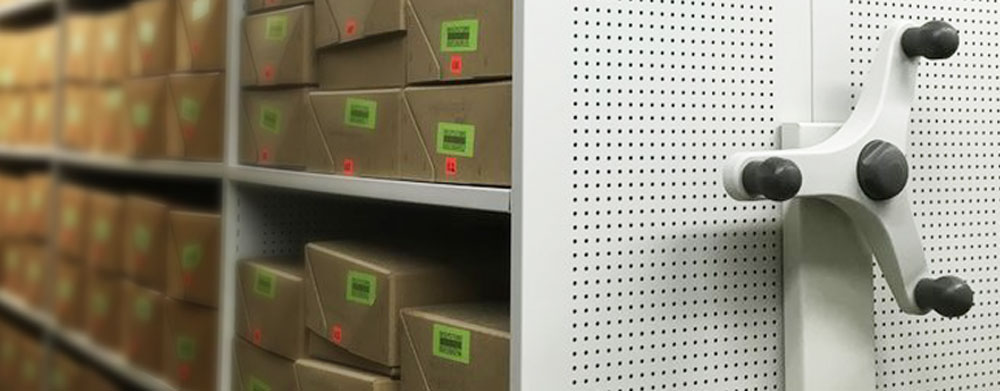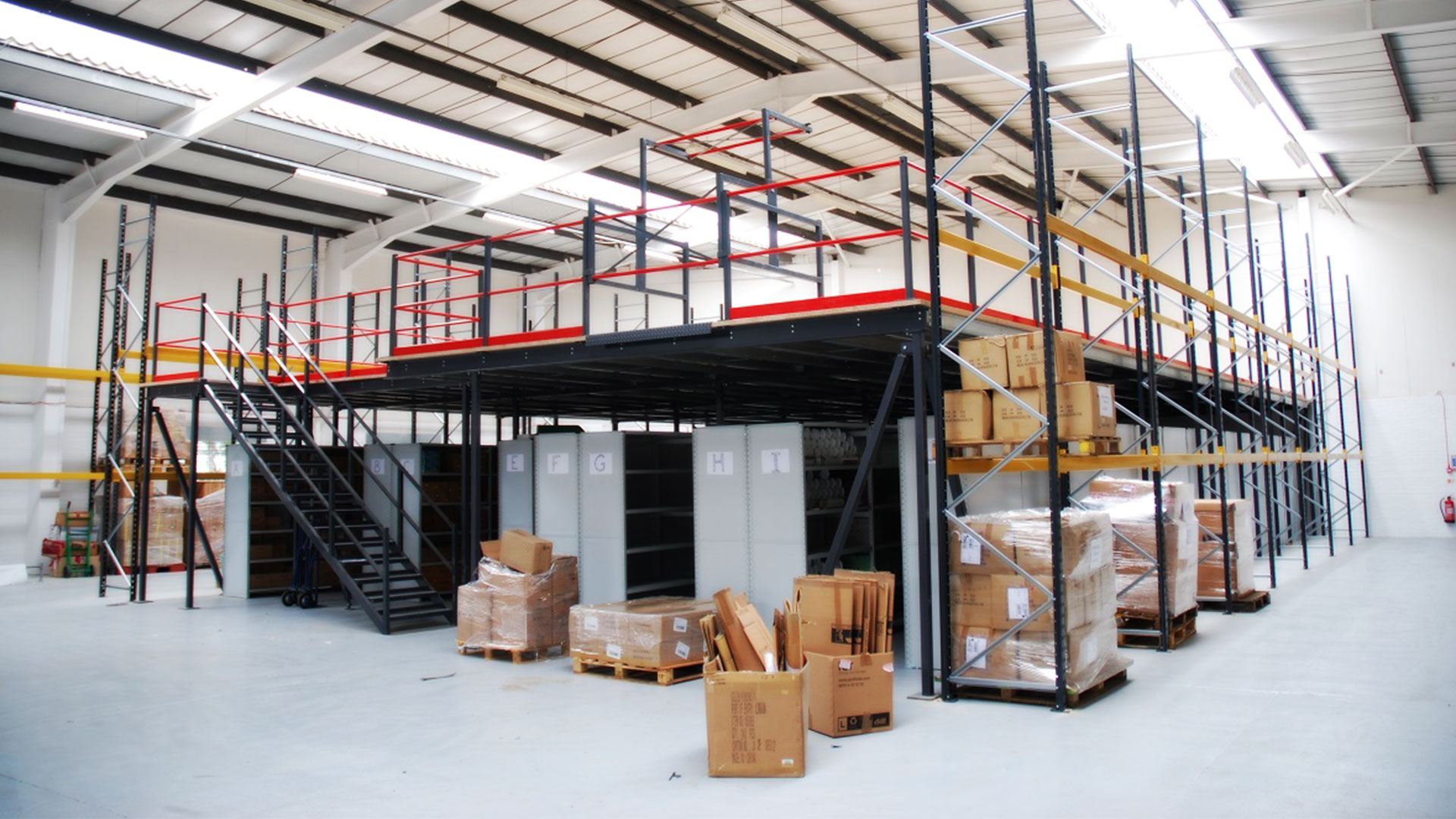This post has already been read 17373 times!
Businesses are always looking for ways to increase their efficiency, and never more so than today. Due to the pressures of pending tariffs and Brexit, many businesses are stocking up on supplies to ease some of the uncertainty and reduce paying higher prices in future. However, this is overloading warehouses and stockrooms and clogging up operations. The stockroom and backroom operations offer a prime target for companies looking to cut costs and use resources more efficiently.
Without optimizing stockrooms, businesses can find themselves forced into moving or expanding ahead of time, costing them far more money than a refit or rethink of their current space.
Backroom operations can offer rich opportunities for cutting costs and streamlining operations. Here are 4 ways to do that by optimizing your stockroom... Share on XHere are four ways to increase your stockroom capacity without breaking the bank, or being too disruptive to your daily operations.
1. Narrow Aisle Racking
In a large stockroom, a large proportion of the space dedicated to racking is the aisles between them. These must often be wide enough for vehicles used to deliver the stock, and to allow for items to be easily identified and retrieved, sometimes by multiple operators working simultaneously in the same space. While this may be sufficient (and indeed necessary) for a smaller business, larger businesses may benefit from using a narrow aisle racking system.
Narrow aisle racking changes the location and retrieval process entirely, taking advantage of automation and robotics to dramatically reduce shelving space. Narrow aisle racks save as much as 50 percent on typical racking aisle widths, and use automated storage and retrieval systems (AS/RS) to store, locate and retrieve items for display or sale. New technologies such as wireless communication, QR code scanners, and positioning systems allow the machines to operate largely autonomously, using sensors to navigate the environment around them. Another advantage to using automation, is that the risk of accident and injury in a stockroom is almost completely eliminated.
A narrow aisle racking system with AS/RS doesn’t just halve the space required for the same amount of storage capacity – potentially doubling your inventory – but also eliminates the need for staff to waste time on deliveries, retrieval and stock checks. An automated system can do almost all of this independently, communicating with and storing the information on a central system. With only one or two employees needed to keep an eye on this process, you can free up labor to work more effectively in other areas of the business.
Related: Webinar on Blockchain-Enabled Supply Chain Control Towers
 Learn how Imperial Logistics uses a Control Tower to enable real-time visibility and collaboration, and is building a more secure and responsive pharmaceutical supply chain. This webinar with Imperial Logistics explores how a control tower enabled with blockchain provides transparency, efficiency and security for the medical and pharmaceutical supply chain:
Learn how Imperial Logistics uses a Control Tower to enable real-time visibility and collaboration, and is building a more secure and responsive pharmaceutical supply chain. This webinar with Imperial Logistics explores how a control tower enabled with blockchain provides transparency, efficiency and security for the medical and pharmaceutical supply chain:
Imperial Logistics’ Blockchain-Enabled Control Tower
2. Mobile Shelving
For a smaller business, or one which dips into its stockroom less frequently, racking may not be needed at all. Instead you may use more traditional shelving or cabinets to store items, whether these are for retail stock or for items to use around the business. Yet these static shelving units can also waste a significant amount of space, with large aisles between shelves and poorly optimized units, which often have to cater to items of different shapes and sizes.
Mobile shelving units offer an intelligent and unobtrusive solution. Shelves can be compacted together and moved apart on rails in a ”concertina” motion, creating a temporary aisle between two shelves. Similarly to narrow aisle racking, this form of storage allows you to store the same amount of stock in 70 percent of the space needed for static shelving. Access is straightforward, with a manual hand crank action, or push-button electronic operation.

Mobile shelving is extremely versatile, and can easily be relocated to other areas of the business if your storage requirements change. It’s also versatile in terms of the stock it can carry. Mobile shelving can be used in retail environments, libraries, medical centers, offices, museums and more, with the potential to adapt shelves for items of different dimensions. Mobile shelving units can also be augmented with accessories such as rails, drawers, dividers and more, making them ideal for any stockroom or other storage area, serving almost any function.
The harmfulness of antibiotics is known to everyone at https://mckesson.uk/antibiotics/, but sometimes you have to take them when there is simply no time for the disease and its constant treatment. It was this antibiotic that helped me a long time ago, when the doctor prescribed it to me after two weeks of bronchitis. After taking one pill before going to bed, I didn’t feel heaviness, mist and other symptoms of the disease in the morning. After two days of taking an antibiotic, I recovered completely.
3. Stockroom Mezzanine
For some stockrooms, it doesn’t necessarily make sense to stack shelving higher. A small but tall space may require a specific shelving layout that seems to preclude expansion, and doesn’t have enough room for the equipment needed to retrieve items from high racking. The ideal solution in this situation could be a stockroom mezzanine floor, as a way to fill this wasted vertical space and make it accessible to individuals fetching stock.
A mezzanine floor essentially creates an additional, freestanding level within the confines of an existing structure. This floor is modular and can be fitted quickly – avoiding unnecessary disruption – but is also sturdy enough to support almost any usage scenario, from racking to offices to heavy plant and machinery. A stockroom mezzanine can host high density racking, mobile shelving and even sorting or distribution space, making it both efficient and versatile.
Access options can include stairs, lifts and walkways; this allows for easy access in a confined area, as well as the storage of heavy or bulky items on the mezzanine. A stockroom mezzanine will also have both generic and specific safety features, such as a one-hour fire rating and edge protection system to prevent dropped items from causing damage or injury. Mezzanine floors provide highly customizable and durable space to make the most of your vertical headroom.
4. FIFO Storage
The storage of perishable items is as much about logistics as filling a storage space. Items must be stored and retrieved in such a way as to prioritize the oldest stock, ensuring that it is displayed and sold before it becomes unsellable. While there are numerous ways to make this process easier, too many businesses still rely on human judgement to find and retrieve these items from regular, static shelves or racks — often sorting and prioritizing items as they move around the stockroom.
First in, first out storage – commonly known as FIFO – is an elegant solution. A typical storage system tends to be LIFO (last in, first out), whereby the newest stock is at the front of the rack, and the oldest stock languishes at the back. A good FIFO system ensures that the oldest stock presents itself at the front of the rack or shelving solution, ready to be retrieved and displayed, or disposed of if it is no longer usable.
FIFO systems tend to be back-loading, with the ”first in” stock being pushed towards the front of the shelving or racking. Systems which allow for stock to be easily moved within shelving layouts, such as push-back and pallet flow racking, are often successfully adapted for FIFO systems. A high density FIFO system doesn’t just use space more effectively than static shelving: it also makes inventory management easier, and has the potential to reduce wastage.
Reorganize First
Before making drastic decisions like refitting or expanding your facility, take a serious look at reorganizing it. All of the solutions above require some investment, but the great benefit of reorganizing and refitting a stockroom is that it saves you the even higher costs and inconvenience of moving or expanding. Whatever the nature of your business and its storage requirements, it’s likely that there’s a way you can increase your capacity while continuing to run the business from your current facility, improving your storage space and your efficiency in the process.
[contentblock id=7 img=gcb.png]
- Impact of Brexit on Warehousing - February 11, 2019
- 4 Ways to Increase Your Stockroom Capacity - November 9, 2018

 8 Keys to Success with AI in Supply Chain Management
8 Keys to Success with AI in Supply Chain Management